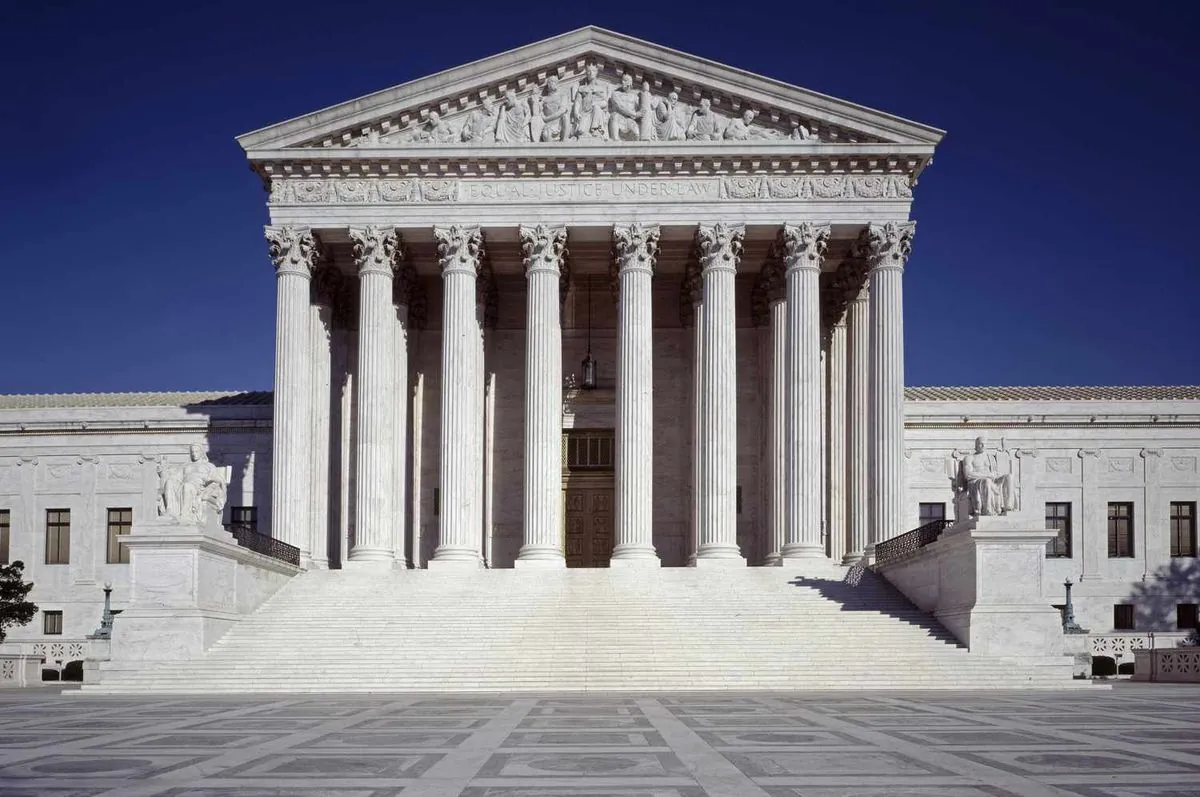On October 7, 2024, the U.S. Supreme Court declined to hear a case that could have clarified the legal standard for analyzing mixed-motive discrimination claims in employment lawsuits. This decision leaves in place a circuit split on how courts should handle cases where workers allege both legitimate and discriminatory reasons for their termination.
The case in question involved Elaine Bart, a former employee of Golub Corporation, which operates Price Chopper supermarkets. Bart managed food service and deli departments at a Connecticut store beginning in 2017. She claimed that her termination in 2018 was partially motivated by gender discrimination, despite admitting to falsifying food safety logs.
Mixed-motive claims, first recognized by the Supreme Court in Price Waterhouse v. Hopkins (1989), allow plaintiffs to argue that an employer had both lawful and unlawful reasons for an adverse employment action. The Civil Rights Act of 1991 later clarified the burden of proof in such cases under Title VII of the Civil Rights Act of 1964, which prohibits employment discrimination based on various protected characteristics.
The legal landscape surrounding mixed-motive claims has been complex since the 1973 Supreme Court case McDonnell Douglas Corp v. Green. This landmark decision established a burden-shifting framework for employment discrimination cases involving circumstantial evidence. However, courts have diverged on how to apply this framework to mixed-motive claims.
In Bart's case, the 2nd U.S. Circuit Court of Appeals reversed a lower court's summary judgment in favor of Golub. The appeals court ruled that plaintiffs in mixed-motive cases need only show that discrimination was a factor in the employment decision to survive summary judgment, rather than proving that the employer's stated reason was pretextual.
This decision aligns with the 5th Circuit's approach but conflicts with the 8th Circuit's interpretation. Some other federal appeals courts do not apply the McDonnell Douglas framework to mixed-motive cases at all. This circuit split creates inconsistent standards across different jurisdictions, potentially affecting how employment discrimination cases are adjudicated nationwide.
The Supreme Court's decision not to hear this case leaves the existing legal landscape unchanged. This means that the burden of proof and analysis in mixed-motive discrimination cases may vary depending on the jurisdiction. Employment law experts and civil rights advocates will likely continue to monitor how different circuits handle these cases in the absence of a unified standard from the highest court.
It's worth noting that the Supreme Court receives thousands of petitions each year but only agrees to hear about 1% of cases through a process called granting a writ of certiorari. The Court's decision not to hear a case does not necessarily reflect its views on the merits of the issue.
The ongoing debate surrounding mixed-motive claims highlights the complexity of employment discrimination law in the United States. As the Equal Employment Opportunity Commission (EEOC) continues to enforce federal anti-discrimination laws, employers and employees alike must navigate a legal landscape that can vary significantly across different parts of the country.
"The store manager called female workers 'idiots' and 'ding dongs,' said women were too sensitive for management jobs, and told Bart that a ten-year-old could do a better job than she had."
As employment discrimination cases continue to make up a significant portion of civil rights litigation in federal courts, the legal community will be watching closely for any future opportunities for the Supreme Court to address the circuit split on mixed-motive claims. Until then, lower courts will continue to grapple with these complex cases, balancing the rights of workers against the legitimate business interests of employers.
